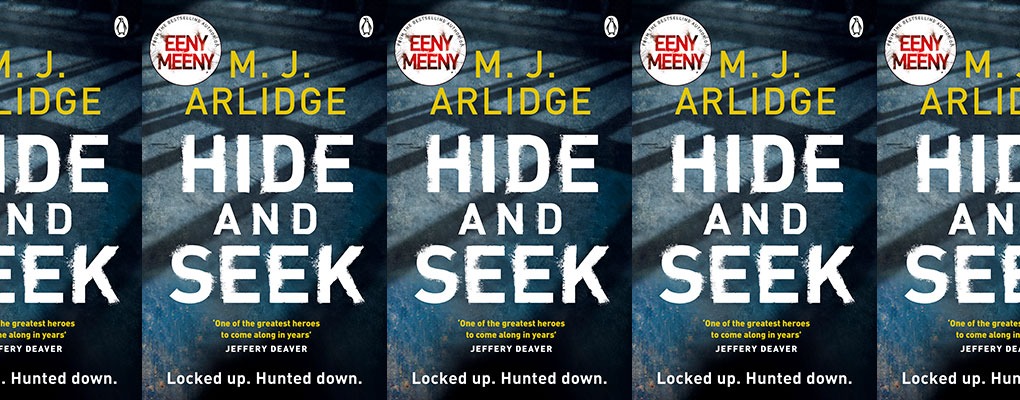Books
M J Arlidge: researching Hide and Seek
Research is a funny thing. It’s an essential tool in the novel-writing process – the first phase in the development of any new book – but it seldom leads you where you expect it to. Hide and Seek, the sixth novel in the D.I. Helen Grace series, is set entirely within Holloway Prison and I went to the research with great enthusiasm. The curtain is about to come down on Holloway as a prison (as its inmates are moved and the land sold) but it’s an infamous institution and I felt sure that inspiration would strike whilst I explored its dark history.
Holloway has had its fair share of celebrity criminals and killers after all. The Suffragettes were imprisoned (and force fed) there. Ruth Ellis fared even less well – the last woman to be hanged in Britain was imprisoned within its walls before her execution. And many other fiends of the popular imagination have spent time in the North London prison – Rose West, Joanne Dennehy, Maxine Carr and Myra Hindley to name but a few. To my surprise, some of the worst offenders were people I’d never heard of. I read with interest of Mary Elizabeth Wilson, who managed to do away with four husbands, claiming after her last murder that the local undertaker was now giving her a discount. I was also fascinated by Amelia Dyer, a Bristol midwife who purported to run an adoption service for the children of unmarried mothers, but was in fact murdering the infants placed in her care. During her trial, she was accused of killing up to three hundred children – it took the jury only four and half minutes to find her guilty.
Yet as my reading turned to more modern case studies, my research and the subsequent novel took an unexpected turn. The women currently behind bars in Islington are not ghoulish or picaresque. In fact, the vast majority of them are not violent and offer little or no threat to the public. They are women who’ve suffered abuse, been let down by the care system, got hooked on drugs, who (in this writer’s view at least) belong in rehab clinics or mental health centres, but are currently housed in unsanitary, unsafe Cat A or B prisons simply because there aren’t enough places available in open prison nor sufficient slack in the health system to accommodate them. These women do not thrill you with their evil genius or horrify you with their callous brutality. On the whole, I feel sorry for them – and for those they’ve left behind.
Because the truth is that women are still far more likely to be the primary carers of children and when you incarcerate them, it is not just the women who suffer. Yes, their rate of reoffending shoots up once imprisoned, as does their tendency to self harm, but it is those left on the outside for whom their absence can really bite. Often the children of offenders end up in the care system and the whole vicious circle starts again. Faced by this bleak picture of contemporary life, my novel shifted on its axis. It was not after all going to be a ghoul fest featuring a female Dr Lecter. Actually it was going to be about something much more ordinary, but much more important – family.
Read an extract from Hide and Seek here and take a look at all the Helen Grace books in order here.



Please note: Moderation is enabled and may delay your comment being posted. There is no need to resubmit your comment. By posting a comment you are agreeing to the website Terms of Use.